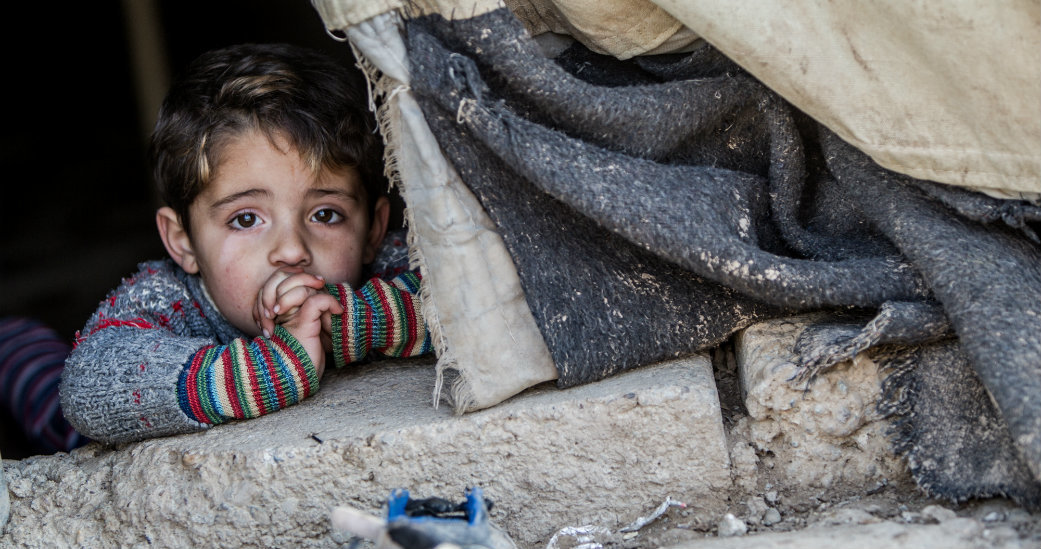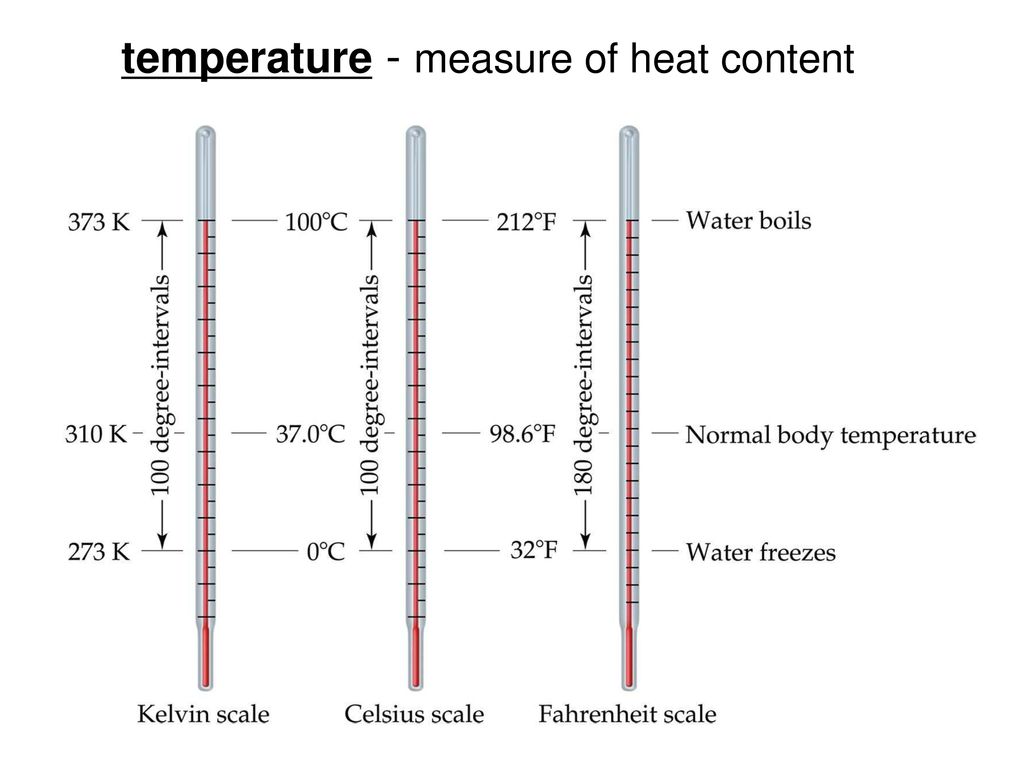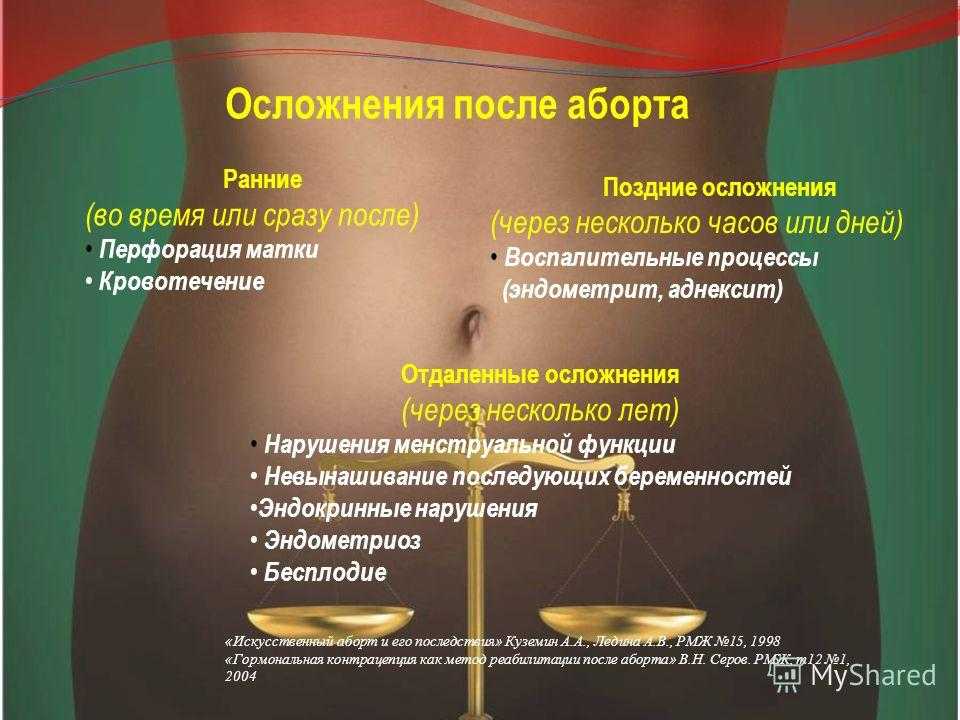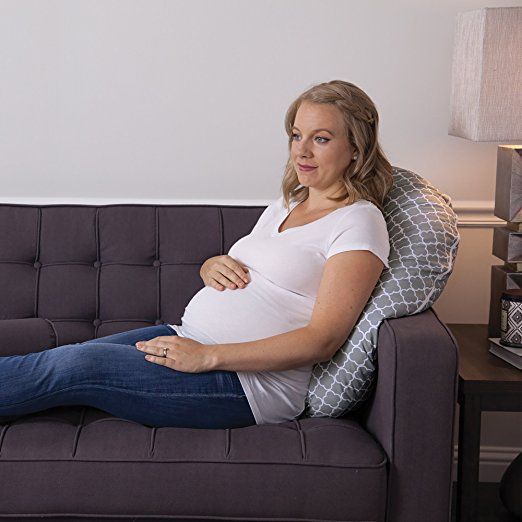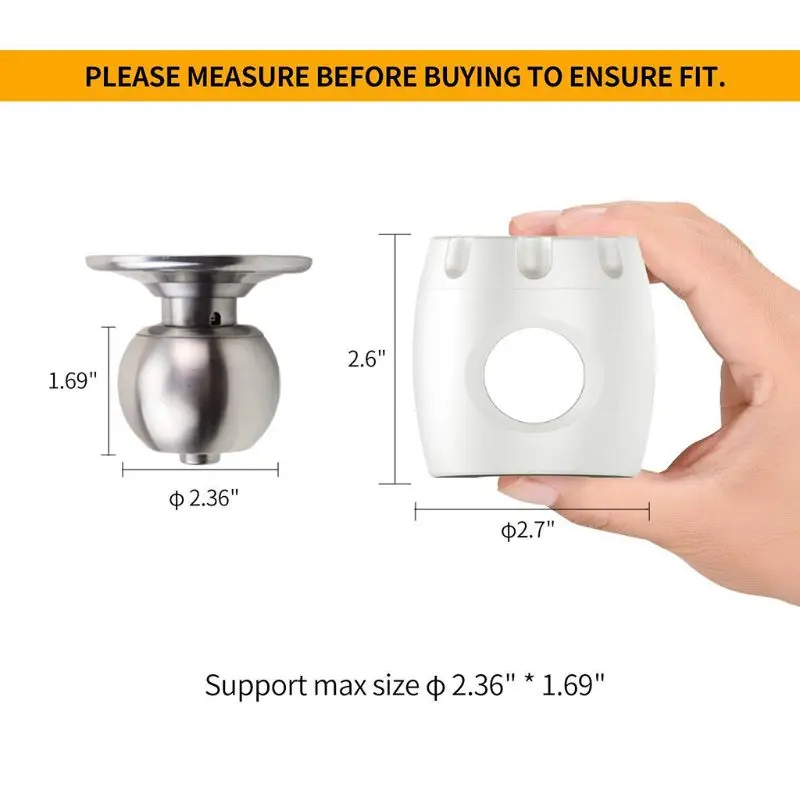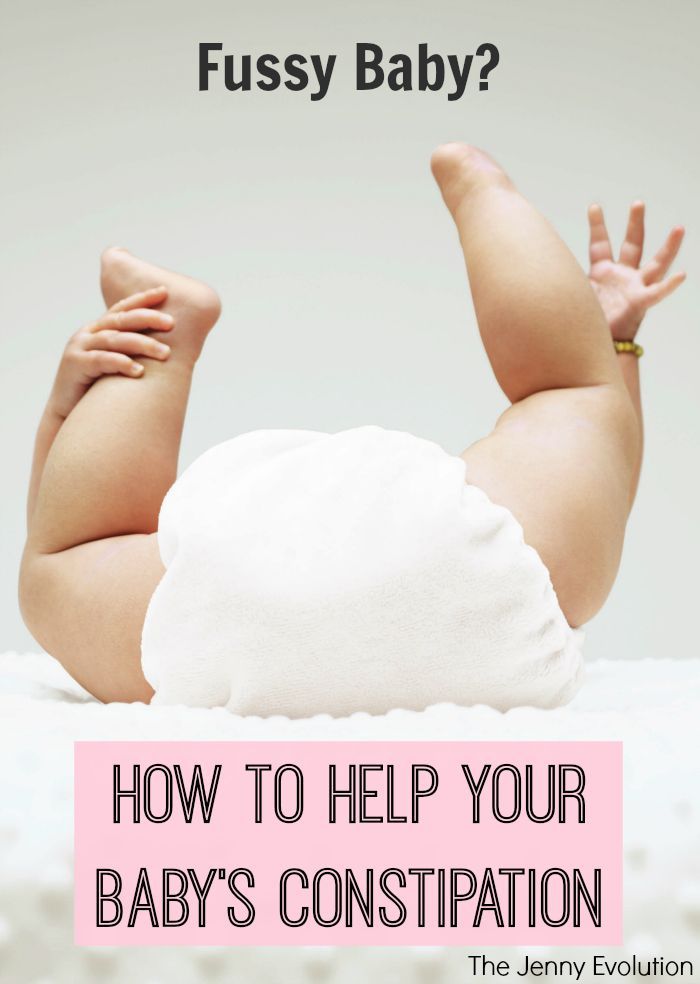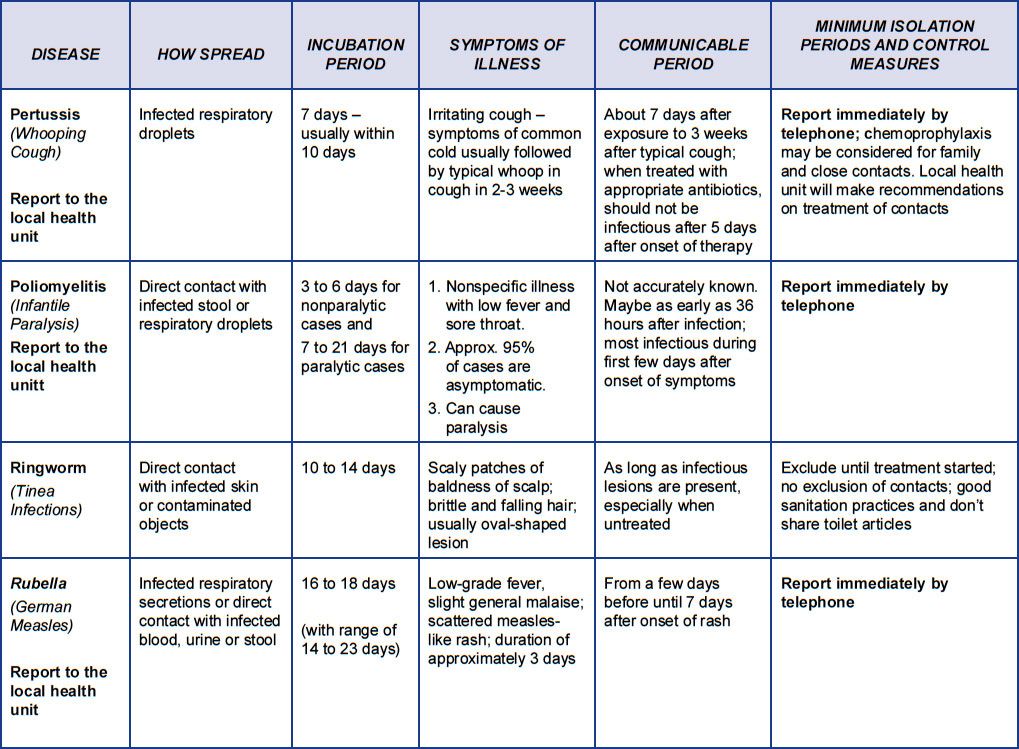How can i adopt a syrian refugee child
How Can I Adopt Syrian Refugees?
August 27, 2018
Whenever crisis hits it is hard not to think of the children. From natural disasters, like the earthquakes in Haiti and the tsunami in India, to man-made disasters, like the violence in Democratic Republic of Congo and Afghanistan, images of children in such profound need are heartbreaking. And no humanitarian crisis is worse than the conflict in Syria.
Since war broke out in March 2011, an estimated 12 million Syrians have been forced to flee their homes. About 5.6 million have fled to neighboring Turkey, Lebanon, Jordan and other countries. And 6.8 million have become IDPs (internally displaced peoples), many living in makeshift camps. Of this refugee population, an estimated 75% are women and children. Images of homeless children, possibly orphaned, has caused many people to explore the adoption of Syrian refugees. If children are in need of a home, why can’t a willing family step forward to be that forever home? Unfortunately, it’s not that simple.
In order for the United States to approve the adoption of a foreign child, you must be able to prove the child you are adopting is indeed an orphan. This can be problematic because though the children seen in Syria appear to be orphaned, many have been separated from their parents, and international aid groups are struggling to reunite them with their families and communities. Of those actually orphaned, an additional hurdle is that when tremendous turmoil occurs in a country, often the first thing to disintegrate is a nation’s infrastructure. In Syria, few hospitals, schools, and bureaucratic buildings remain, making it extremely difficult to track the origin of the attended adopted child.
But even before the war broke out, the adoption of Syrian children was not allowed. The U.S. Embassy in Damascus, which ceased operation in February 2012 due to violence, used to have a message stating: As a Shari’ah Law country, Syria does not recognize or provide for adoptions of Muslim children.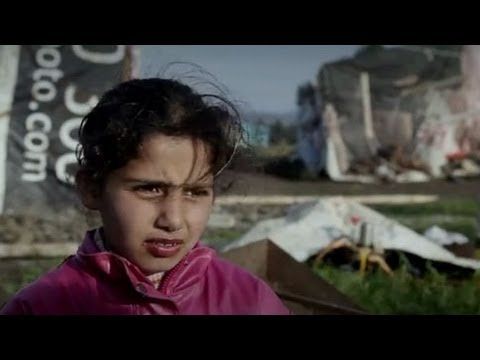 In Shari’ah (Islamic) Law it is forbidden to adopt a child as the concept of adoption is understood in the United States. Per the U.S. Department of State, countries in which Shari’ah Law is observed vary in their allowance of adoptions by foreigners. In order for adoption to occur, prospective adoptive parents must appear before the Shari’ah court and obtain a written release. Written releases are very rarely, if ever, granted to prospective adoptive parents who are not Muslim.
In Shari’ah (Islamic) Law it is forbidden to adopt a child as the concept of adoption is understood in the United States. Per the U.S. Department of State, countries in which Shari’ah Law is observed vary in their allowance of adoptions by foreigners. In order for adoption to occur, prospective adoptive parents must appear before the Shari’ah court and obtain a written release. Written releases are very rarely, if ever, granted to prospective adoptive parents who are not Muslim.
But there are other ways to get involved. USAID maintains an active list of organizations responding to the humanitarian needs of Syrians. Some, like Save the Children, even offer opportunities to sponsor a child. There may be local organizations through which you can make a difference as well. One such group is Hearts for Refugees, in San Diego, through which you can “adopt” a Syrian family who has made their way to the United States. There are stil many ways to help Syrian refugees. Want to learn more about the ongoing emergency humanitarian crisis in Syria? Visit the United Nations Refugee Agency UNHCR, for the most complete and up-to-date information.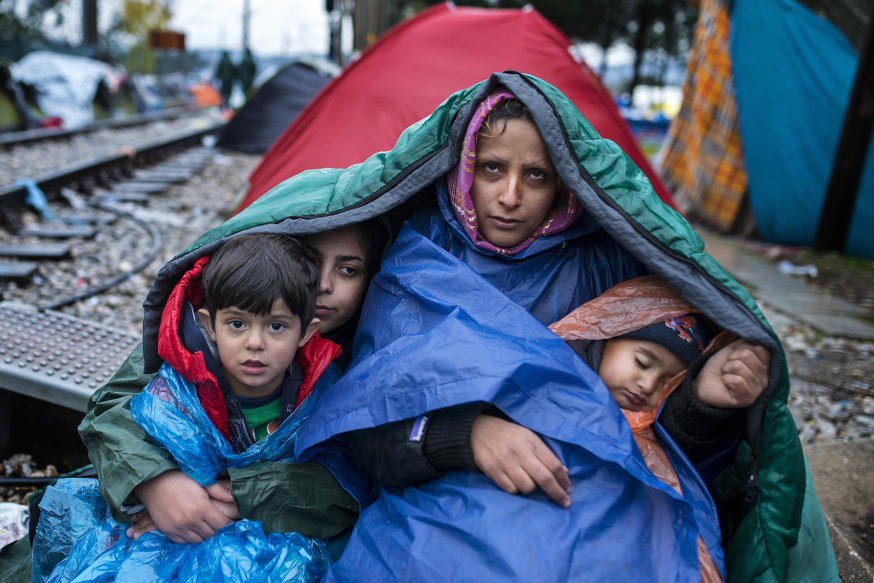
Jennifer S. Jones is a writer, performer, storyteller and arts educator. She holds an MFA (Playwriting) from NYU Tisch. She has written numerous plays including the internationally renowned, award-winning Appearance of Life. Her amazing transracial transcultural family was created through adoption from China and India. She is passionate about the adoption community and talks about the ins and outs, ups and downs, joys and “is this really us?!” whenever she can. She writes about her experiences at www.letterstojack.com.
Adoption Articles More Blogs
More Blogs
Get email alerts when we add new adoption articles.
Adopt a Refugee Orphan | Adoption.com
According to the United Nations High Commissioner for Refugees, or UNHCR, there are 68.5 million people forcibly displaced worldwide. Displacement comes as a result of violence, war, and persecution. Of that 68.5 million, 40 million are internally displaced people, 25.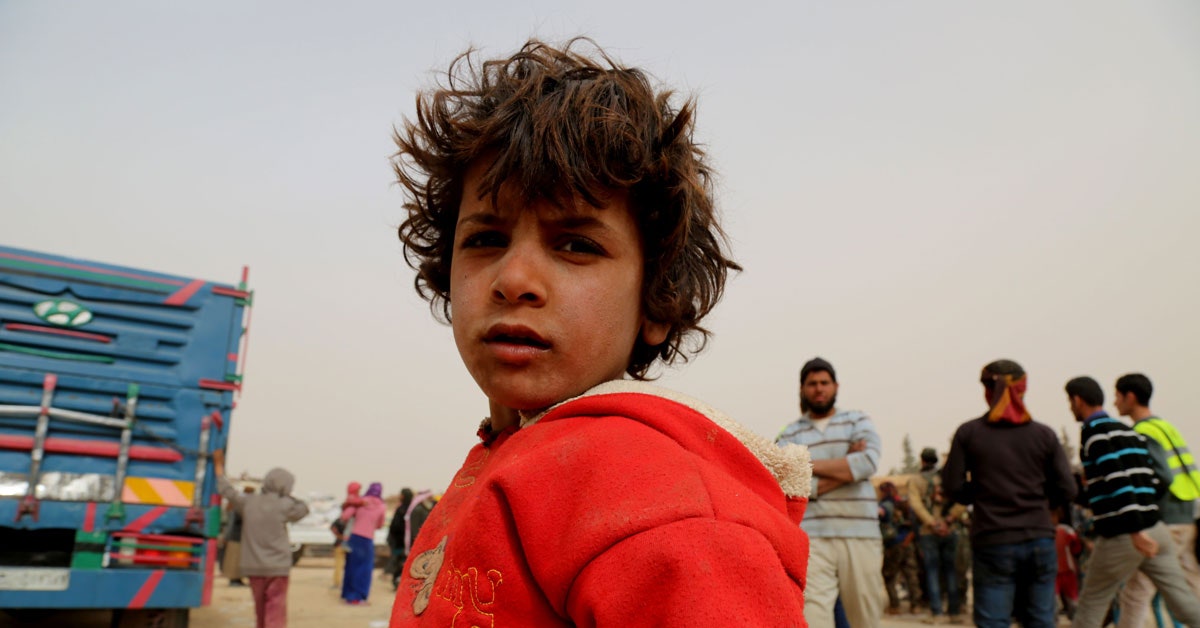 4 million are refugees, and 3.1 million are asylum seekers. Of the 25.4 million refugees, over half are under the age of 18. Here are some things for “adopt a refugee orphan.”
4 million are refugees, and 3.1 million are asylum seekers. Of the 25.4 million refugees, over half are under the age of 18. Here are some things for “adopt a refugee orphan.”
From Syria to South Sudan, from Afghanistan to the Democratic Republic of the Congo, and from Myanmar to Somalia, worldwide we are experiencing the largest refugee crisis since World War II. According to the UNHCR, the definition of a refugee is someone who has been forced to flee their country due to fear of persecution, violence, or war. The distinction of persecution is an important one as it separates refugees from others who may have fled their countries due to drought, famine, or natural disasters. Many refugees follow the path of fleeing their country then residing in an asylum country in temporary accommodations in refugee camps for years, sometimes even decades, before permanent housing and residency are found.
When faced with images of children living in makeshift camps, or children fleeing violence, it is hard to deny the impact such persecution has on young people. Refugee children have experienced profound physical, emotional, and psychological trauma and, as the youngest members of their group, their status makes them the most vulnerable.
Refugee children have experienced profound physical, emotional, and psychological trauma and, as the youngest members of their group, their status makes them the most vulnerable.
Though many people may view such a crisis and want to adopt a refugee orphan, the process is extremely complex.
Rules and RegulationsFirst, it is important to understand the Convention on the Rights of the Child and the Hague Convention on Protection of Children and Co-operation in Respect to Intercountry Adoption. In 1990, the United Nations adopted the Convention on the Rights of the Child to ensure that every child is afforded basic human rights. These rights include the right to care and protection, the right to safe water and food, the right to a safe environment, and the right to play and rest. These rights are key as they provide the foundation from which the United Nations handles refugee children. Children who have experienced displacement due to violence or persecution have had their rights as children violated.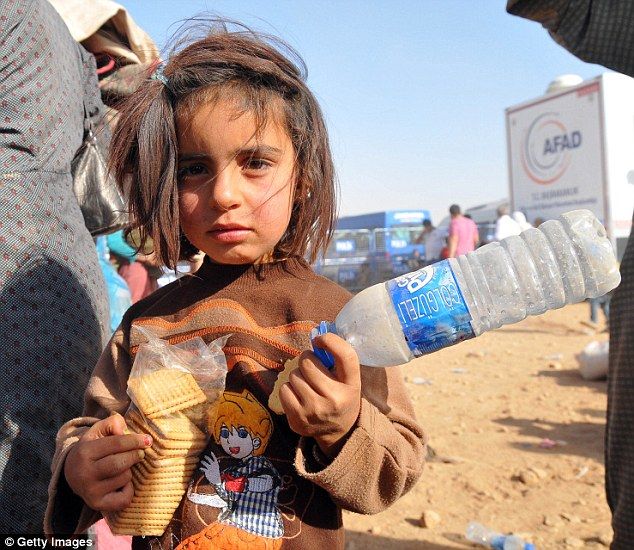 Thus, it is important to restore these rights in any way possible.
Thus, it is important to restore these rights in any way possible.
According to the 1993 Hague Convention, of which the U.S. is a signatory, every child should have the chance to grow up in a safe family environment. In the best scenario, every child would remain in the care of their family of origin and all necessary steps would be taken to keep them there. In the instances when such care is not possible, then every attempt should be made to place the child within their country of origin. Failing that, intercountry adoption should be considered as a way to offer a permanent family to an orphaned child.
The Hague Convention is a keystone of intercountry adoption because it sets the guiding principles on how international adoptions should transpire. The first step in international adoption is to determine if the child is, in fact, an orphan. For countries, such as China, South Korea, and India, withstanding intercountry adoption programs, there are systems in place through which to ensure that every adoption is completed most legally and ethically possible.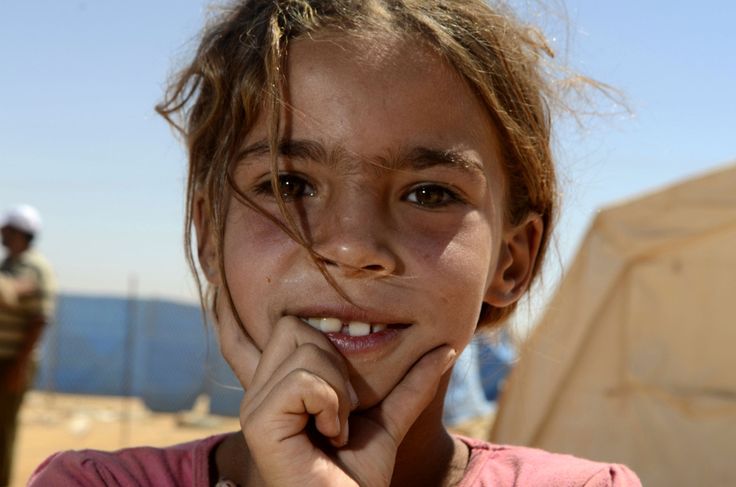 The difficulty when a family chooses to adopt a refugee orphan is that the child’s status of “orphan” can be extremely difficult to prove.
The difficulty when a family chooses to adopt a refugee orphan is that the child’s status of “orphan” can be extremely difficult to prove.
Refugees are born out of a time of crisis. War breaks out, violence gets worse, new leadership comes into power and decides to persecute a particular ethnic or religious group. Individuals and families do not cross borders and seek shelter in camps because they planned to do so. They come because they have experienced an emergency moment of crisis. It is not uncommon for families to have become disbanded and/or for children to arrive unaccompanied in the asylum country. Thus, the presence of a child by themselves in a refugee camp does not necessarily mean that the child is an orphan. Their family may be in another camp or even in another asylum country. The path of a refugee is extremely fraught and complicated so the traditional process of finding a child to be an orphan cannot, and must not, be applied.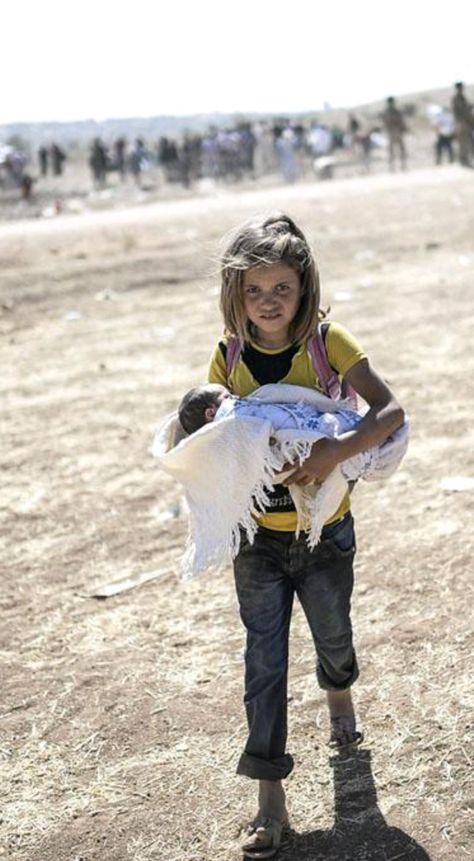
Because the factors surrounding refugees are so complex, in 1995, UNHCR developed a policy on the adoption of refugee children. The policy states that in an emergency context, refugee children are not available for adoption. Furthermore, it must be understood that children who have experienced the phenomenon of fleeing their country have been uprooted from their home and their birth country. Because refugee children are in such a heightened fragile state, the act of “family tracing” must be performed in-depth before alternative care arrangements are considered. UNHCR lists a reasonable period of at least two years during which time UNHCR will try to find the parents of the child or another surviving family member. That said, refugee situations vary by location and the circumstances surrounding each refugee family may be different. UNHCR maintains it is impossible to say at what point a child is unequivocally an orphan and as such a “flexible approach” should be adopted. Should an immediate family member or another surviving family member not be found, the next step is to find a suitable caregiver within the child’s country of origin.
Given that the child is a refugee, this clause of the Hague Convention can be difficult to honor concerning refugee orphans. Refugees, by their very definition, are a group of people who have fled their homeland under threat of violence and/or persecution. To send a child back to such a setting would be in direct violation of the Convention on the Rights of the Child, not to mention completely unethical. Thus, unless the conditions of the country of origin markedly improve, and repatriation proves possible, the next best step is to find a suitable caregiver with the child’s community within the country of asylum. Oftentimes, this comes in the form of another refugee family in the immediate community of the child.
The Convention states “the best interests of the child shall be a primary consideration” and part of that consideration is that the child should have the chance to grow up within their own community. It is still possible to adopt a refugee orphan, but all alternatives, including long-term foster care, must be ruled out first. This is particularly true for refugee children who are Muslim as Sharīʿah Law does not recognize the adoption of Muslim children by non-Muslims. Should intercountry adoption still prove to be in the best interest of the child, then UNHCR should be invited to participate in the adoption proceedings to guarantee that the prospective adoptive parents understand the trauma the child has experienced.
This is particularly true for refugee children who are Muslim as Sharīʿah Law does not recognize the adoption of Muslim children by non-Muslims. Should intercountry adoption still prove to be in the best interest of the child, then UNHCR should be invited to participate in the adoption proceedings to guarantee that the prospective adoptive parents understand the trauma the child has experienced.
For prospective adoptive parents, it should be noted that to adopt a refugee orphan only occurs under very specific circumstances and very rarely. Should the refugee child be found an orphan, and be found eligible for intercountry adoption, another hurdle is the country in which the child is currently residing (otherwise known as the asylum country and, more rarely, the third party country). Under UNHCR guidelines, the country in which the refugee child has sought refuge becomes the sending country. The difficulty is that the top five refugee-hosting countries are Turkey (3.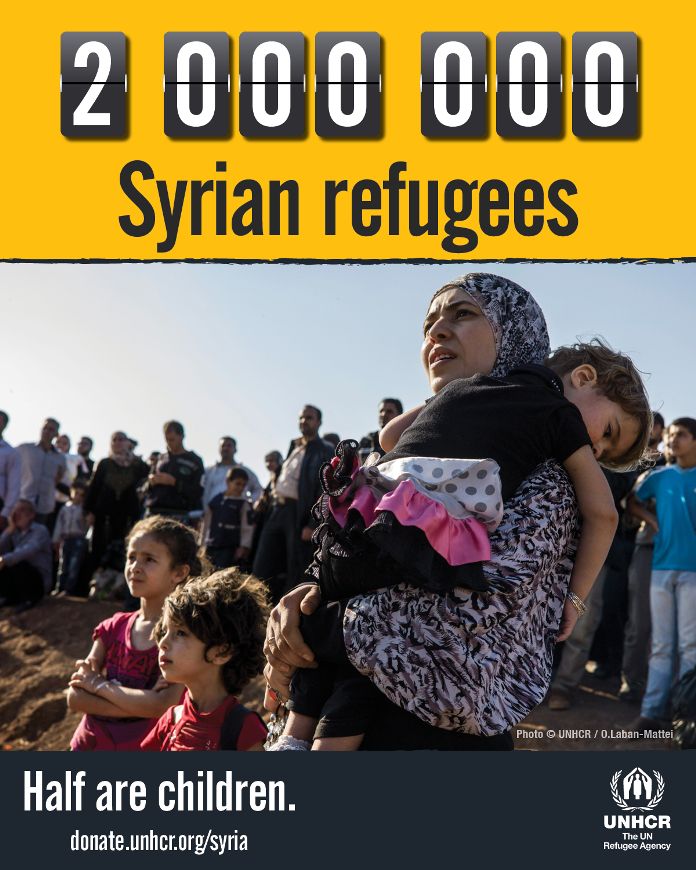 5 million), Uganda (1.4 million), Pakistan (1.4 million), Lebanon (1 million), and the Islamic Republic of Iran (with just under 1 million). None of these countries are members of the Hague Convention. While a country doesn’t need to be a party to the Hague Convention for international adoption to take place (a notable exception being South Korea, which is not a signatory of the Hague Convention) Hague Convention status does guarantee that certain rules and regulations are followed throughout the adoption process. This is particularly important as the Hague Convention regulates adoption service expenses as well as the information related to a child’s referral.
5 million), Uganda (1.4 million), Pakistan (1.4 million), Lebanon (1 million), and the Islamic Republic of Iran (with just under 1 million). None of these countries are members of the Hague Convention. While a country doesn’t need to be a party to the Hague Convention for international adoption to take place (a notable exception being South Korea, which is not a signatory of the Hague Convention) Hague Convention status does guarantee that certain rules and regulations are followed throughout the adoption process. This is particularly important as the Hague Convention regulates adoption service expenses as well as the information related to a child’s referral.
Adoption from Turkey and Pakistan is not possible in that both countries provide no guidelines for the adoption of children. In both countries, adoption is handled on a community level and often is a matter of faith and conducted under Sharīʿah Law outside the more formal Family Court system. Because of the informality of the adoption process, such adoptions are not recognized under U. S. law and thus, the U.S. will not issue an immigration visa for the adopted child to enter the United States.
S. law and thus, the U.S. will not issue an immigration visa for the adopted child to enter the United States.
It is possible to adopt from Lebanon, but it should be noted only 135 adoptions have occurred from Lebanon to the United States in the last 20 years. This indicates that most of the adoptions likely occurred through a family member living in the United States adopting a family member who lived in Lebanon. Adoption from Iran is also possible but it should be noted that prospective adoptive parents must gain legal custody of the child in Iran, a process that takes an indeterminate amount of time. Once the adoption is complete, the family must continue to reside in Iran for a probational period of six months. Over the last 20 years, 135 adoptions have taken place from Iran to the United States. Additionally, it should be cautioned that the U.S. Department of State lists a Level 4 Threat Level in Iran with a high risk of kidnapping, arrest, and/or detention of U.S. citizens.
Adoption from Uganda is possible, but in May 2016, the Ugandan president signed into law new regulations for intercountry adoption.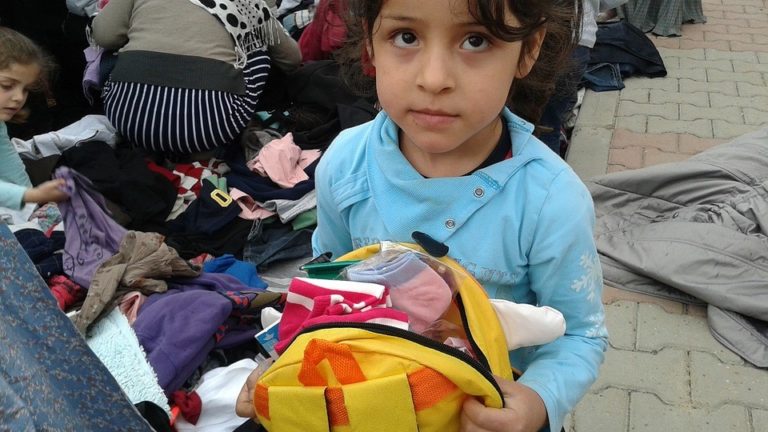 The regulations led to a steep decline in intercountry adoptions. Of the most difficult of the new regulations is an amendment stating that non-Ugandan prospective adoptive parents must live in Uganda for at least one year fostering the child they intend to adopt. It is possible to arrange for “proxy fostering” by Ugandan residents but this process is neither monitored nor guaranteed. It is also highly unlikely that these conditions of “proxy fostering” would apply to refugee orphans.
The regulations led to a steep decline in intercountry adoptions. Of the most difficult of the new regulations is an amendment stating that non-Ugandan prospective adoptive parents must live in Uganda for at least one year fostering the child they intend to adopt. It is possible to arrange for “proxy fostering” by Ugandan residents but this process is neither monitored nor guaranteed. It is also highly unlikely that these conditions of “proxy fostering” would apply to refugee orphans.
Even if it proves difficult to adopt a refugee orphan there are still other ways families can help. Becoming a refugee foster parent is a way to help refugee children living in the United States. Children who have entered the United States as refugees have experienced incredible trauma and loss and a supportive, safe, nurturing environment can prove critical. A few agencies specialize in connecting families with refugee orphans in need. Another way to help refugee orphans is through a program that works with foster homes and refugee camps overseas to bring children to the United States for long-term fostering. The beauty of long-term fostering is that the children are welcomed into a much-needed loving, stable environment while leaving the door open for family reunification. Most of the children eligible for the program are school age and typically between the ages of 15-18. Though adoption is not possible, fostering can prove a life-changing experience both for the child and the foster parents.
The beauty of long-term fostering is that the children are welcomed into a much-needed loving, stable environment while leaving the door open for family reunification. Most of the children eligible for the program are school age and typically between the ages of 15-18. Though adoption is not possible, fostering can prove a life-changing experience both for the child and the foster parents.
If fostering is not something your family would be open to, consider supporting refugees in other ways. There are excellent organizations, such as the United Nations Children’s Fund, which supports refugees by providing shelter, clothing, meals, games, and toys, access to education, and even tracing and reunification for families who have been separated by war. Interested in working in your immediate community? Many religious and educational institutions have become involved in the local refugee communities and offer support in the form of clothing, meals, transportation to medical appointments, and fellowship. Though it may seem like a drop in the bucket of the reported 25.4 million refugees worldwide, such small acts can make a large difference.
Though it may seem like a drop in the bucket of the reported 25.4 million refugees worldwide, such small acts can make a large difference.
Are you and your partner ready to start the adoption process? Visit Adoption.org or call 1-800-ADOPT-98 to begin your adoption journey. We have 130+ years of adoption experience and would love to help you.
How to adopt a child from a war zone? – children's rights expert Lyudmila Volynets answers the questions of adoptive parents
“How to adopt a child from a war zone?” - such a question is often received on a free hotline for adoptive parents, working in the "No to orphanhood" program of the Rinat Akhmetov Foundation. People wishing to adopt, take under guardianship or foster families children from a dangerous territory also apply to the Rinat Akhmetov Humanitarian Center.
According to the experts of "No to orphanhood" and the www.sirotstvy.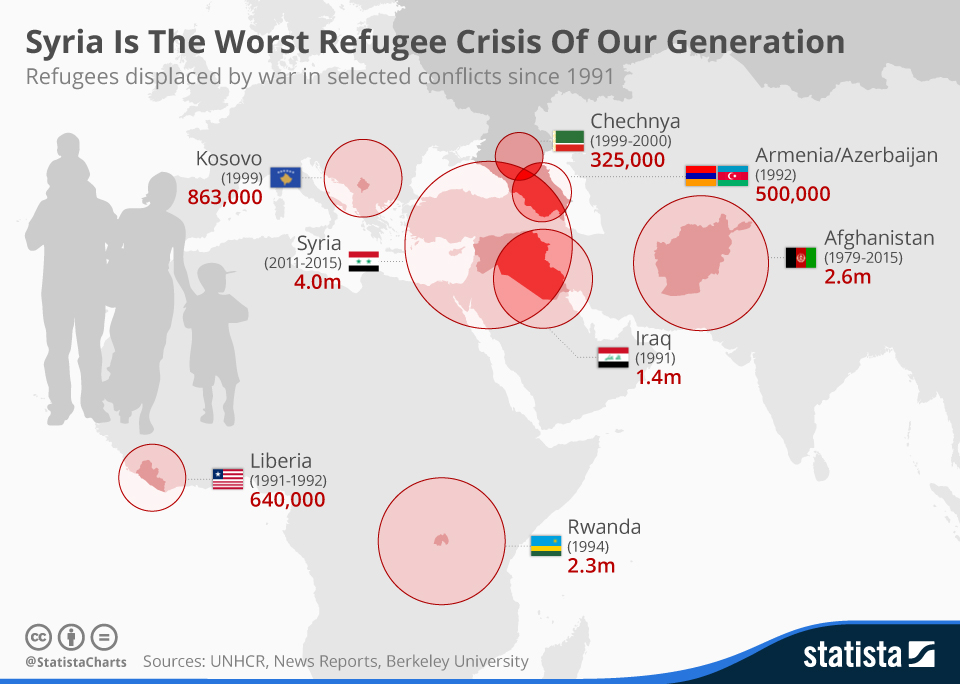 net portal, during the past 2014 the adoption procedure remained unchanged, but the mechanisms that operated in peacetime stopped during the war. Therefore, many issues related to adoption are really not easy to solve. The portal www.sirotstvy.net turned to Lyudmila Volynets for legal assistance. An expert on the protection of children's rights answered the question of portal users.
net portal, during the past 2014 the adoption procedure remained unchanged, but the mechanisms that operated in peacetime stopped during the war. Therefore, many issues related to adoption are really not easy to solve. The portal www.sirotstvy.net turned to Lyudmila Volynets for legal assistance. An expert on the protection of children's rights answered the question of portal users.
· Want to adopt/take custody of a child from Donetsk/Luhansk region whose parents died?
A wide international resonance due to the armed conflict in the East of Ukraine, active diplomatic actions of Ukraine in the international arena cause an increase in the desire on the part of foreign families to adopt a child in Ukraine, as they note, from the ATO zone. There is a growing number of applications and citizens of the Russian Federation who, as a result of the information war, have distorted information about children and adoption in Ukraine.
Can foreigners adopt a child from the ATO zone?
Foreigners (including citizens of the Russian Federation), as before, can adopt a child in Ukraine only by contacting the Ministry of Social Policy and only after 1 year and 2 months have elapsed from the date of documentary evidence of the fact that the child lost his parents (that is, the date of death of the second of the parents ).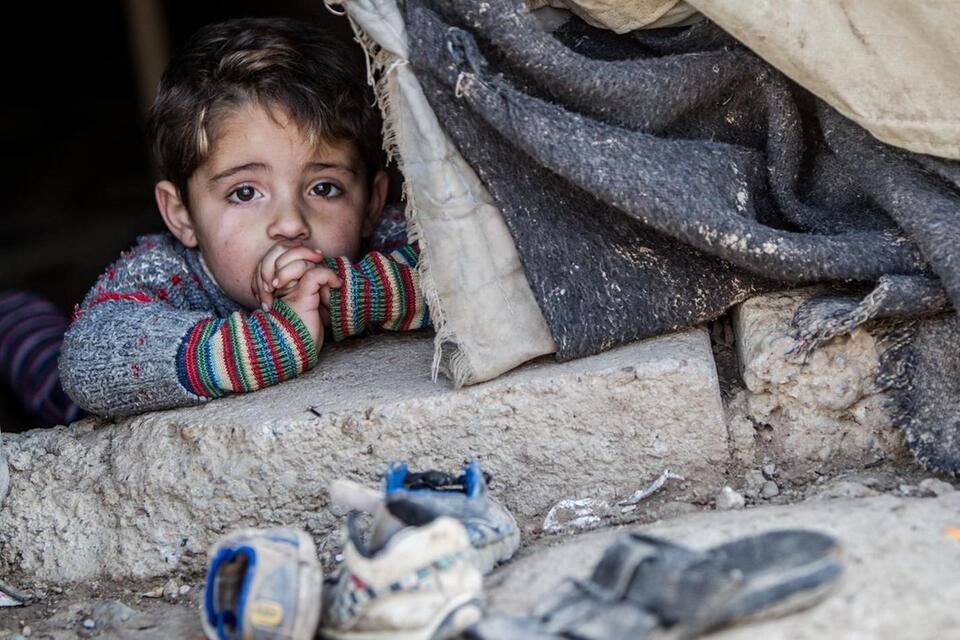 Therefore, given that many cases of civilian deaths in the ATO zone began in the summer, then children can be adopted by foreigners not earlier than the fall of 2015.
Therefore, given that many cases of civilian deaths in the ATO zone began in the summer, then children can be adopted by foreigners not earlier than the fall of 2015.
· If an orphan is on the portal www.sirotstvy.net and he was transported to another area, in which area to look for him on the portal?
The place of origin of the child does not change with the change in the place of his stay (stay). Wherever the child is, a referral to get to know him should be issued by the Children's Service of the region where this child acquired the status and is on the primary register.
That is, when it comes to children from Donbass evacuated from the war zone to other regions of Ukraine, you still need to contact the Children's Services of the Donetsk and Luhansk regional state administrations. If the child's profile from the regional register of the database of orphans and children deprived of parental care has already been transferred to the national register, you can contact the Department for the Protection of Children's Rights and Adoption of the Ministry of Social Policy (044 278 40 45).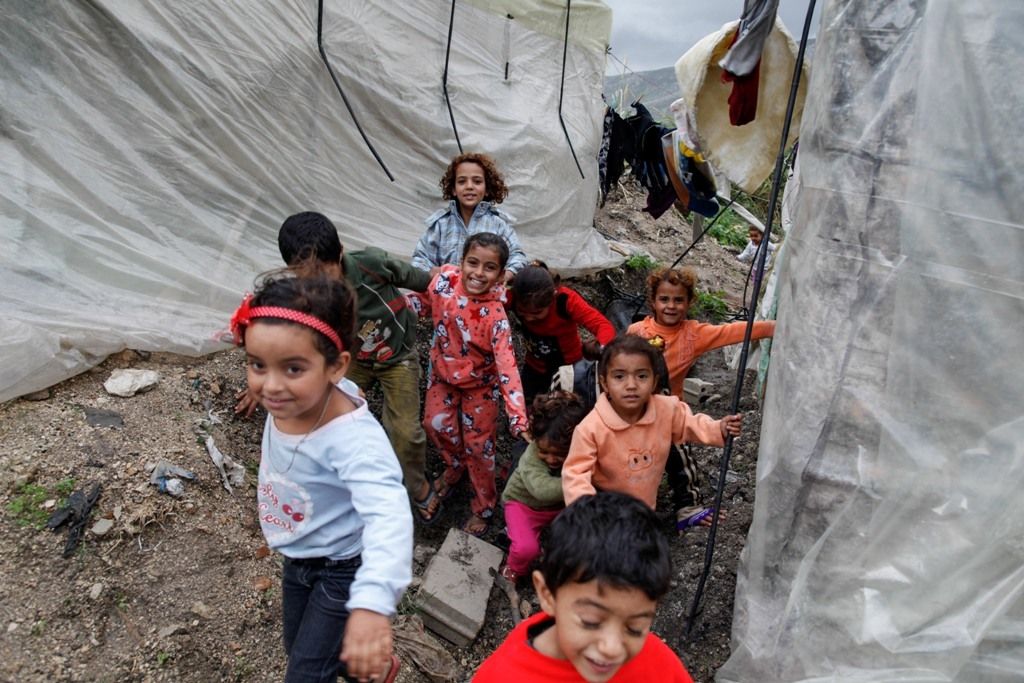
Can a child from Donetsk/Luhansk region be adopted/taken under guardianship/in PS/DDST now if we live in another region?
There are no prohibitions on family placement of children from Lugansk and Donetsk regions in the legislation. Adoption and placement of children under guardianship has never depended on the regions of residence of children and candidates for adoptive parents, guardians. Guardianship, according to the legislation, is issued either at the place of residence of the guardian, or at the place of residence of the ward. Adoption by law is carried out by the court at the place of residence of the adopted child.
At the same time, it remains undetermined by the Cabinet of Ministers which structure of the executive authorities performs the duties of a body of guardianship and guardianship, to replace the liquidated local executive bodies (they are also guardianship and guardianship bodies) in the territories controlled by Ukraine.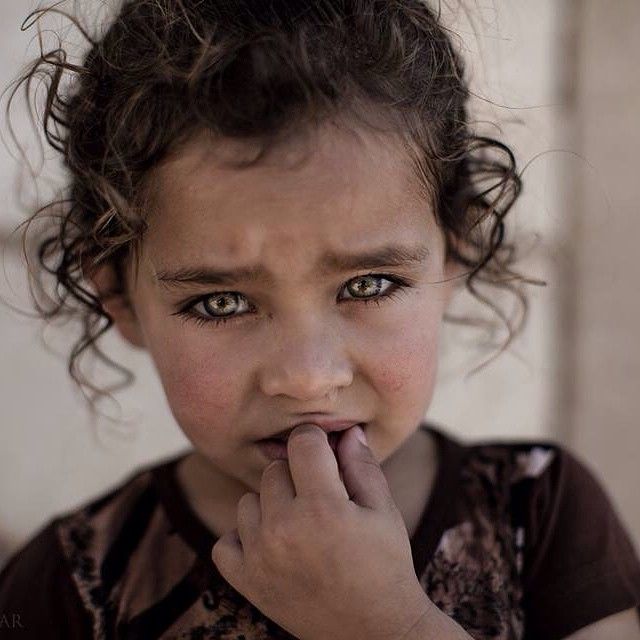
It is precisely because of this that problems may arise in the placement of children from the territories that are now controlled by the militants into families.
Is it possible now to adopt / take custody / in the PS / in the DDST of a child from the Donetsk / Lugansk region if we live in the same regions?
If you live in the territory controlled by Ukraine, and your documents comply with the law, you have the right to adopt or raise a child. To do this, you need to contact the Children's Services in your area of residence.
· If we are migrants and we want to start the process of adoption/custody, etc. now, can we start doing it now, what is needed for this?
Temporarily displaced persons are not limited in any rights. From the moment you are registered as a temporarily displaced person, you need to collect the documents required by law and apply to the Children's Affairs Service at the place where you are registered as a displaced person.
We want to adopt a child from the Donetsk/Luhansk region whose parents died, how to do this, how to find a child, how to draw up documents?
In order to obtain the status of candidate adoptive parents, you need to apply to the Children's Services in your place of residence. And to meet with the child - to the Service for Children of the Donetsk or Luhansk Regional State Administration. It should be taken into account that most of these children are brought up under guardianship in families of relatives.
We are a foster family from the Donetsk region, we have now left for another region, we want to take more children into the family (but the PS is already completely filled with children), we need to create a DDST, in which region this should be done, from which region we can take more children in the family?
About 7 thousand families of guardians with children under their care and more than 500 foster families and family-type orphanages, which were created by the liquidated guardianship and guardianship authorities of Donetsk and Luhansk regions, moved to other regions of Ukraine.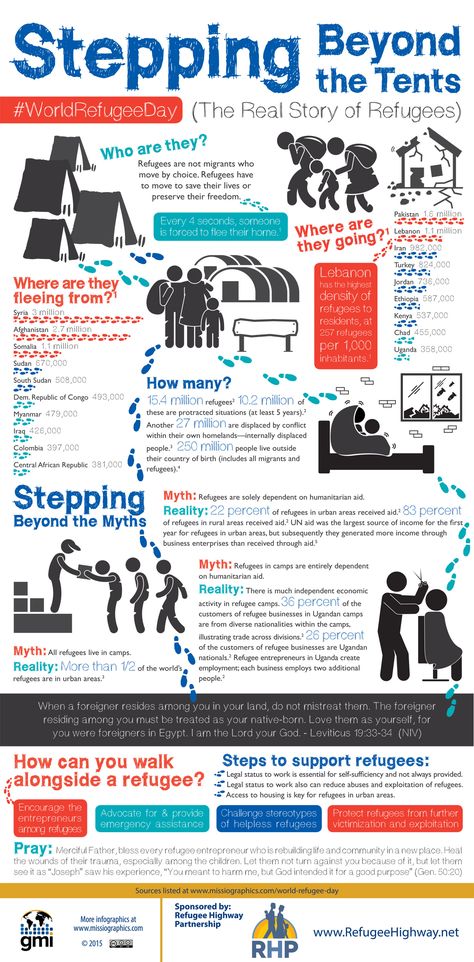 Decisions of the liquidated local executive authorities regarding, for example, the appointment of a guardian, the creation and operation of guardianship, foster families and family-type orphanages cannot be changed by any executive authority.
Decisions of the liquidated local executive authorities regarding, for example, the appointment of a guardian, the creation and operation of guardianship, foster families and family-type orphanages cannot be changed by any executive authority.
Unfortunately, the Ministry of Social Policy has not yet decided on this extremely important issue - who has the right to change the decision of local executive authorities liquidated by the occupation.
Answering the question, we advise you: You need to apply to the Children's Affairs Service at the place of registration of you as internally displaced persons with a statement about the desire to create a DDST. In the event that local executive authorities make a positive decision, transfer foster children to the status of pupils of the DDST and additionally arrange for children.
· Can we take children from the ATO zone under temporary care?
It is difficult to answer your question, since Ukrainian legislation does not contain the concept of “temporary guardianship”.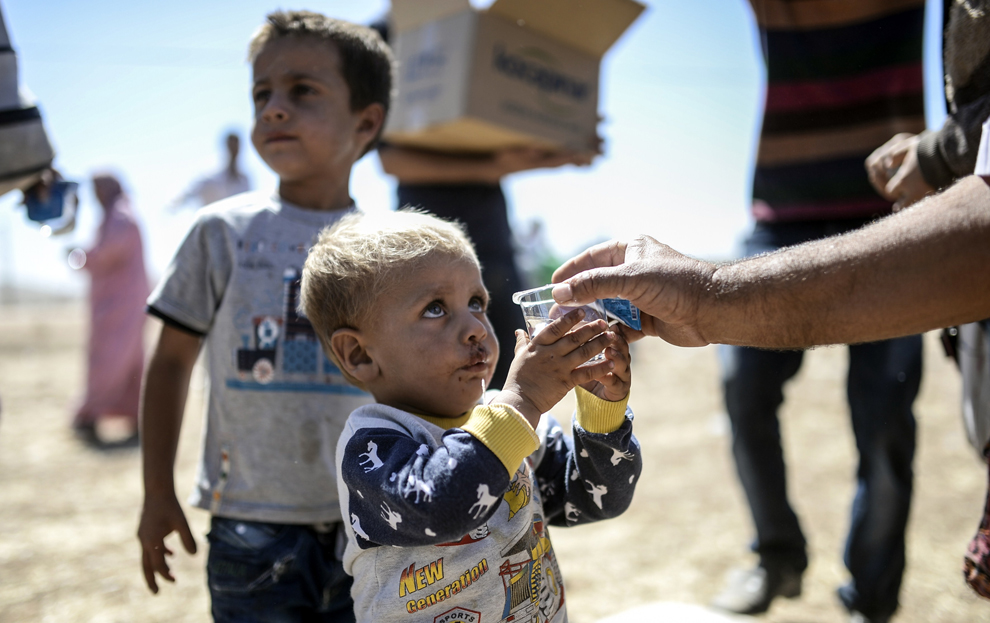 Children are taken into care either until they reach adulthood or until circumstances arise when the biological parents return to parental duties.
Children are taken into care either until they reach adulthood or until circumstances arise when the biological parents return to parental duties.
SOURCE
Share news:
Komsomolskaya Pravda
Zvezdoshw-Business-Town-Twine Jolie and Brad Pitt: Kp.ru
September 22, 2015, 2015, 2015, 2015, to her family of the seventh child [photo]
Angelina Jolie plans to adopt an orphan from Turkey. Photo: East News.
Angelina Jolie and Brad Pitt will become parents for the seventh time: the star couple is going to adopt a boy from Syria. According to sources of the American portal Radaronline.com, the spouses are already preparing the necessary documents, but this process is not fast. It will take four or five months for the baby to arrive in the US.
Angelina Jolie has been UN Refugee Ambassador for several years.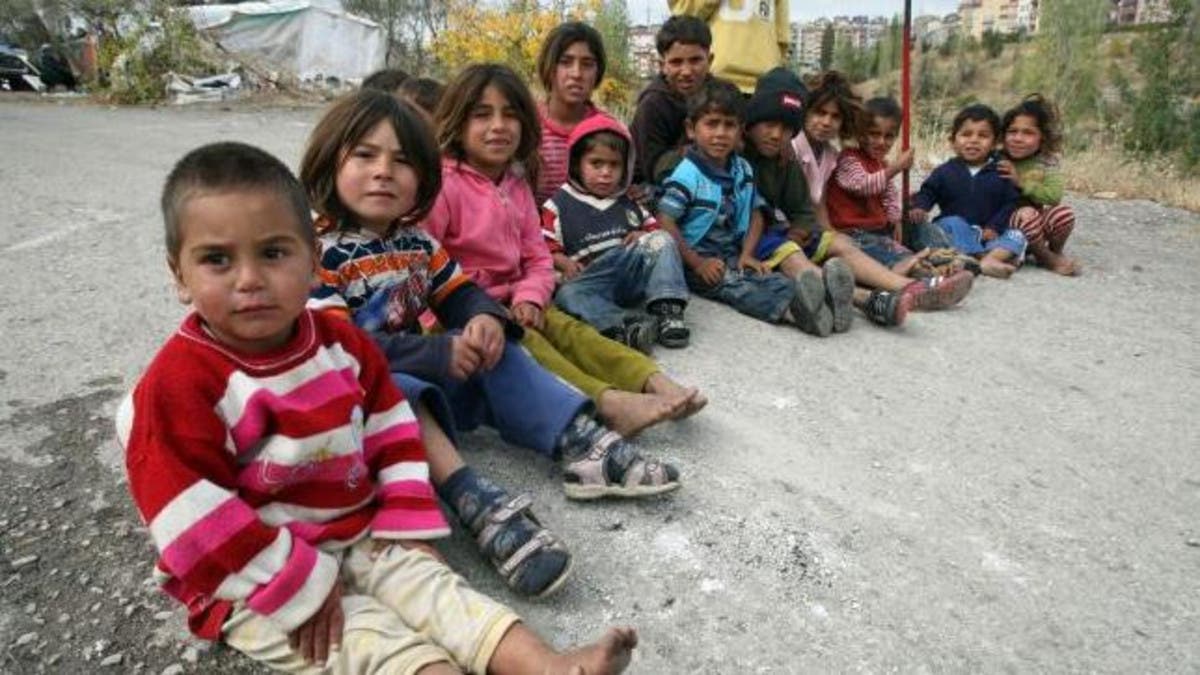 In June of this year, the actress visited a Syrian refugee camp in Turkey. Then the artist took her eldest daughter with her on a trip - 9-year-old Shiloh. Mother and daughter met with refugees and talked a lot with Syrian children. Probably, it was then that the heart of Angelina was touched by the Syrian boys left orphans.
In June of this year, the actress visited a Syrian refugee camp in Turkey. Then the artist took her eldest daughter with her on a trip - 9-year-old Shiloh. Mother and daughter met with refugees and talked a lot with Syrian children. Probably, it was then that the heart of Angelina was touched by the Syrian boys left orphans.
- While on a humanitarian mission, Angelina met three orphaned brothers, boys from Syria, a source told Radaronline.com. "The middle child spoke some English. Angelina's heart broke when she heard about how their house was bombed. Their father disappeared during the war, their mother died under the bombing. The eldest of the boys was very quiet and never left Angelina's side.
Angelina Jolie has been UN Refugee Ambassador for several years.Photo: SPLASH NEWS
According to an insider, Angelina returned home determined to adopt all three of them.
- When Angelina returned to the US, she told Brad that she wanted to adopt all the brothers - says the source - But Brad said no.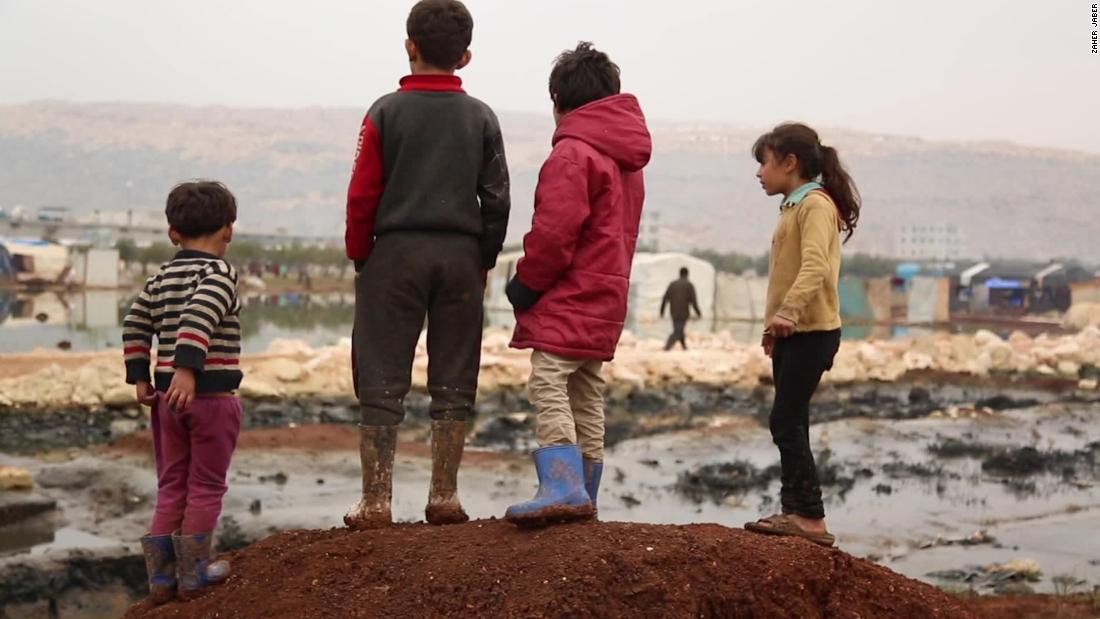 To increase his family from six children at once to nine is too much for him. Brad was worried about how this would affect the rest of the kids. But Angelina did not give up. In the end, they decided to adopt one child. The process will be long. It will take five or six months before all the formalities are settled and the child gets to the United States.
To increase his family from six children at once to nine is too much for him. Brad was worried about how this would affect the rest of the kids. But Angelina did not give up. In the end, they decided to adopt one child. The process will be long. It will take five or six months before all the formalities are settled and the child gets to the United States.
It is not known how much to trust the information of the source: previously, Western media have repeatedly reported that Angelina Jolie and Brad Pitt intend to adopt another child - either from Cambodia, then from Iraq, then from Syria. Angelina herself once admitted that she does not yet feel capable of raising another baby, although she did not rule out such a possibility in the future. Recall that in the Jolie-Pitt family, three adopted children are already growing up: Maddox is from Cambodia, Zahara is from Ethiopia, and Pax Tien is from Vietnam.
In June this year, the actress visited a Syrian refugee camp in Turkey.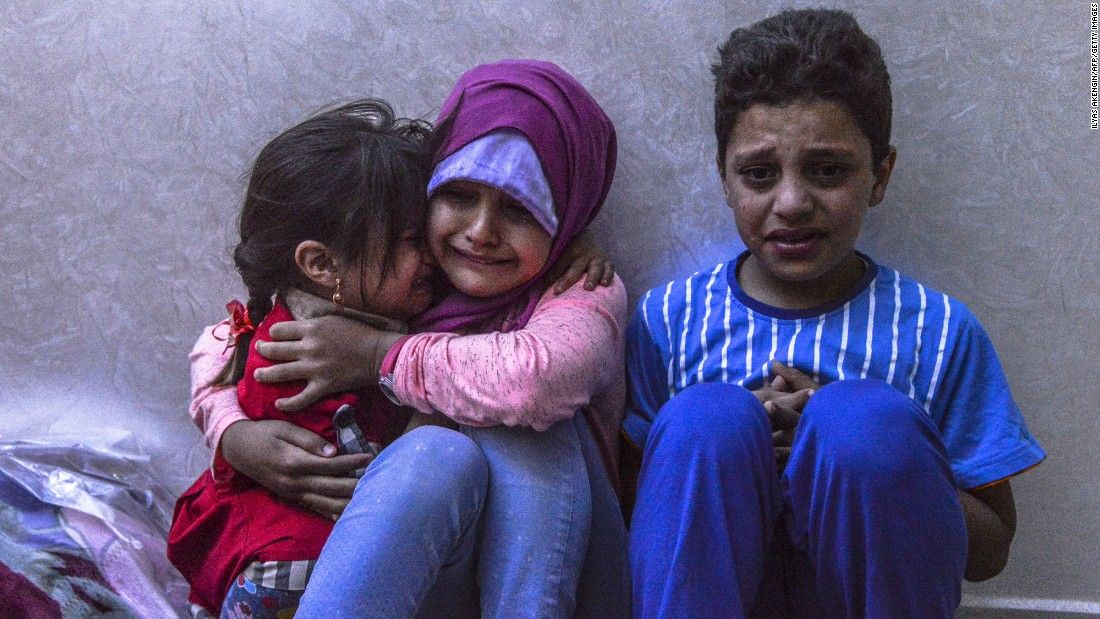 Photo: East News.
Photo: East News.
Angelina Jolie takes refugee issues and the situation in Syria to heart. Recently, the actress gave a speech in London in the British Parliament. The actress spoke about the abuse and atrocities committed by ISIS militants:
- I put myself in the place of these unfortunate ones. I think about my family. What happens if I get raped. Or my daughters. All of you who are here now, just imagine that the people you love, your children, wives, sisters, will be raped. These are crippled lives, crippled destinies. What the militants are doing is disgusting. These crimes must be stopped0005
Angelina took her eldest daughter, 9-year-old Shiloh, with her on the trip. Photo: East News.
Angelina also spoke about the abused girls and girls she met during her humanitarian visits:
- I remember meeting a little girl of seven or eight years old. She swayed from side to side, looking at the wall, and tears streamed down her face as she recalled how she had been repeatedly raped, Angelina said with tears in her eyes.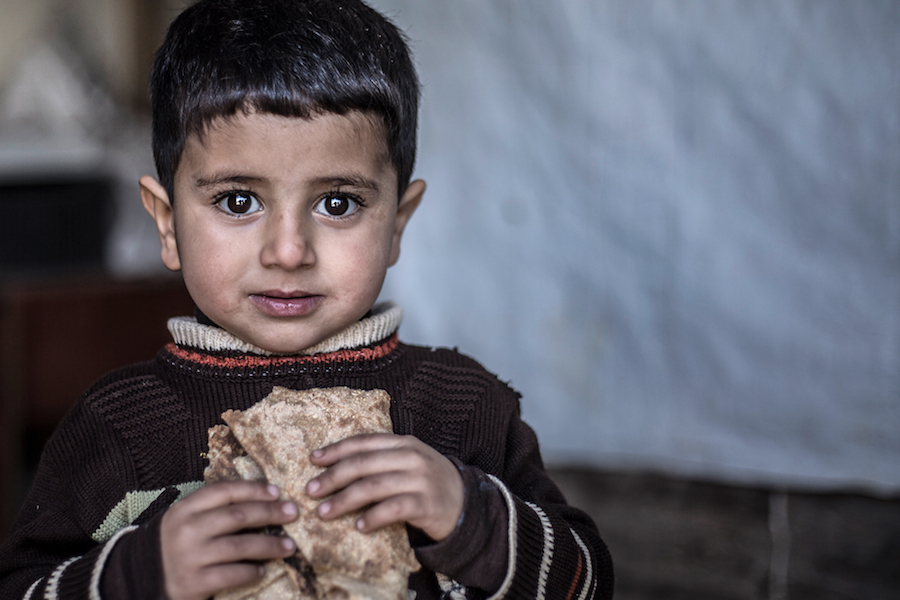 - I felt completely helpless, not knowing how I could help her ...
- I felt completely helpless, not knowing how I could help her ...
Angelina recently gave a speech to the British Parliament in London. The actress spoke about the abuse and atrocities committed by ISIS militants. Photo: SPLASH NEWS
Jolie also spoke about a 13-year-old girl from Iraq who heard how militants sell her friends.
- She told me that hearing men bargain for her friends was worse than physical abuse. 40 dollars? 50? They decided how much each of them cost, - said Angelina.
Site age category 18+
Online publication (website) registered by Roskomnadzor, certificate El No. ФС77-80505 dated March 15, 2021.
CHIEF EDITOR — OLESIA VYACHESLAVOVNA NOSOVA.
EDITOR-IN-CHIEF OF THE SITE - KANSK VICTOR FYODOROVICH.
THE AUTHOR OF THE MODERN VERSION OF THE EDITION IS SUNGORKIN VLADIMIR NIKOLAEVICH.
Messages and comments from site readers are posted without preliminary editing. The editors reserve the right to remove them from the site or edit them if the specified messages and comments are an abuse of freedom mass media or violation of other requirements of the law.